Urginea indica (ROXB) KUNTH. |
| |
|
|
Botanical Name |
: |
Urginea indica (ROXB) KUNTH. |
English
Name |
: |
Indian Squill |
Synonym(s) |
: |
Scilla indica Roxb., Drimia indica Jessop |
Family |
: |
Liliaceae |
| |
General Info
| Description |
 |
|
A small, glabrous herb with a pale, ovoid or pear-shaped bulb 5 to 10 cm long. Leaves linear, nearly flat, apex acute, appearing after the flowers. Scape erect, brittle 30 to 45 cm longand 4 to 6 mm in diameter at the base. Flowers greenish-white, brownish or purplish, drooping or spreading in terminal racemes 15 to 30 cm long; bracts minute; pedicels, slender; perianth campanulate, segmeents 1 cm long and 2.5 to 3 mm wide, oblong lanceolate, obtuse. Fruits (capsule) ellipsoidal or oblong, tapering to both ends, the cells 6 to 9 seeded; seeds flattened, black. |
| Herb Effects |
 |
|
Heart stimulant, anthelmintic, alexiteric, expectorant, cardiac, diuretic deobstruent and emmenagogue (bulb) and cyanogenetic (plant); aids in removing any obstructions to secretion or excretion (in the body) and expectorant. |
Chemistry
| Active Ingredients |
 |
|
Hentriacontanol, octacosanoic acid and glycosides (scillaren A and scillaren B) (bulb); sitosterol, stigmasterol and campasterol (root, bulb and leaf); scillarenin (tuber) |
| Chemistry
of Active Ingredients |
 |
|
|
 |
Name |
CAS# |
IUPAC Name |
Formula |
Structure |
 |
|
| Sitosterol |
5779-62-4 |
17-(5-ethyl-6-methyl
-heptan-2-yl)-10,13-
dimethyl-2,3,4,7,8,9
,11,12,14,
15,16,17
-dodecahydro-1H-cycl
openta[a]phenanthren
-3-ol |
C29H50O |
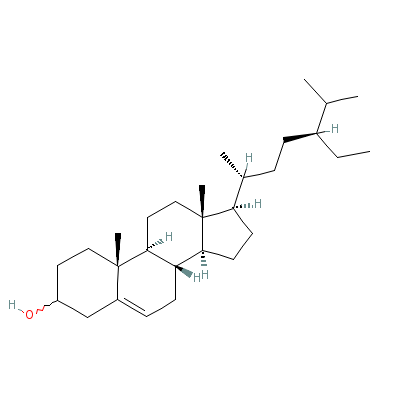
|
| Stigmasterol |
4736-55-4 |
17-(4-ethyl-1,5-dime
thyl-hex-2-enyl)-10,
13-dimethyl-1,2,4,5,
6,7,8,9,10
,11,12,1
3,14,15,16,17-hexade
cahydrocyclopenta[a]
phenanthren-3-one |
C29H48O |
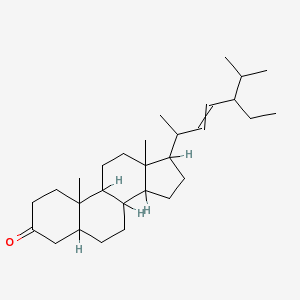
|
| Campesterol |
474-62-4 |
17-(5,6-dimethylhept
an-2-yl)-10,13-dimet
hyl-2,3,4,7,8,9,11,1
2,14,15,16
,17-dode
cahydro-1H-cyclopent
a[a]phenanthren-3-ol |
C28H48O |
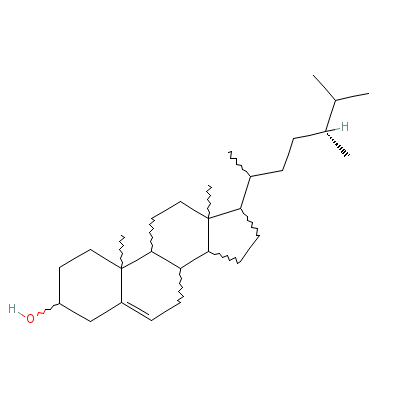
|
| Octacosanoic acid |
52258-47-6 |
octacosanoic acid |
C28H56O2 |
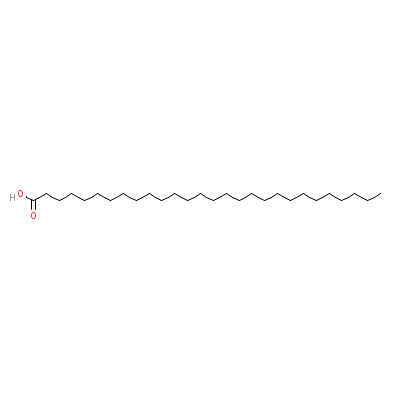
|
| Scillarenin |
465-22-5 |
5-[(3S,10R,13R,14S,1
7S)-3,14-dihydroxy-1
0,13-dimethyl-1,2,3,
6,7,8,9,11
,12,15,1
6,17-dodecahydrocycl
openta[a]phenanthren
-17-yl]pyran-2-one |
C24H32O4 |
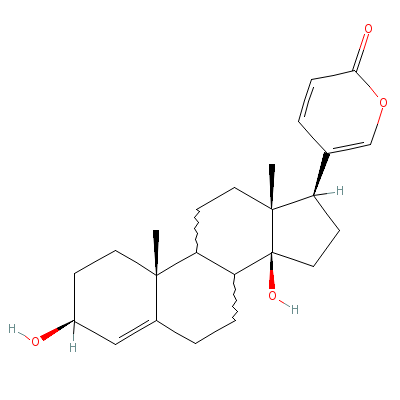
|
|
Pharmacology
| Medicinal Use |
 |
|
In rheumatism, asthma, preparing “chandni bhasma” (which is used in paralysis), as a deobustruent, prescribed for dropsy, rheumatism, skin diseases, bronchitis, asthma, renal calculi, leprosy, scabies, headaches and diseases of the nose (bulb). |
| Reference |
 |
|
 Chandel et al., Biodiversity in Medicinal and Aromatic Plants in India. Chandel et al., Biodiversity in Medicinal and Aromatic Plants in India.
Uniyal et al., Medicinal Flora of Garhwal Himalayas.
Grieve M. A Modern Herbal (1931) (www.botanical.com).
Johnson T. CRC Ethnobotany Desk Reference (www.herbweb.com/herbage). |
Dealers
Products
|
|